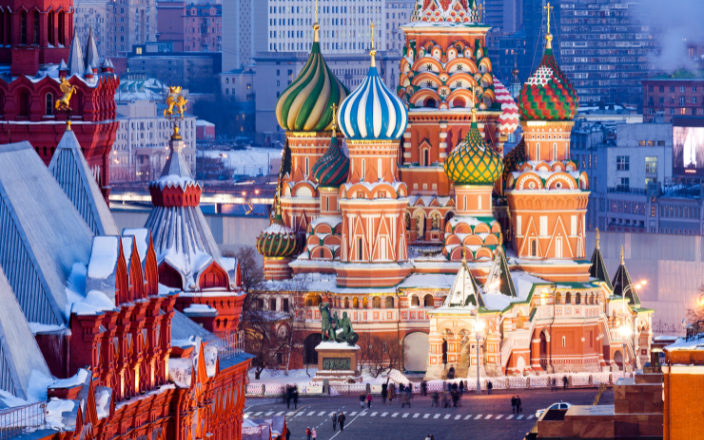The poultry industry in Russia is currently navigating a complex landscape marked by both opportunities and significant challenges. Despite recent growth in poultry exports, the industry’s future remains uncertain due to a confluence of geopolitical, economic, and internal factors.
A boom interrupted
Before the onset of the Russian-Ukrainian war in February 2022, the Russian poultry industry was thriving, with annual growth rates of 10% to 11%. This growth was driven by increasing domestic demand and expanding export markets. However, the war has disrupted this trajectory, leading to significant challenges for the industry.
Challenges faced
Sanctions and isolation: The imposition of international sanctions has severely impacted the Russian poultry sector. These sanctions have disrupted the supply of critical inputs such as feed, raw materials, and technology, which were predominantly sourced from the European Union. The resulting shortages have led to a decline in the number of operational poultry farms, from 5,650 in February 2022 to 4,900 in 2024.
Supply chain disruptions: The war has also caused significant disruptions in supply chains. High-quality feed, embryos, vaccines, and equipment, previously imported, are now scarce. This scarcity has forced the industry to seek alternative sources, often at higher costs and lower quality.
Labor shortages: The mobilization of workers into the Russian army has exacerbated labor shortages in the poultry sector. Regions such as Tatarstan, Bashkortostan, Dagestan, and Krasnodar are particularly affected, struggling to maintain production levels with a reduced workforce.
Mitigating strategies
Despite these challenges, the Russian government and industry stakeholders are implementing strategies to stabilize the sector.
Import substitution: Efforts are underway to reduce dependence on foreign imports by promoting domestic production of essential supplies. This includes developing local capabilities for producing feed, equipment, and other critical inputs. However, achieving self-sufficiency is a long-term goal that requires substantial investment and time.
State support: The government has introduced measures such as soft loans, long-term state contracts for procurement, and subsidies for farm modernization. These initiatives aim to support poultry farmers and enhance the sector’s resilience.
Labor mobilization: Addressing the labor shortage requires innovative approaches, including incentives to attract workers back to the industry and training programs to develop new skills.
Future prospects
While the current outlook for the Russian poultry industry is challenging, there are glimmers of hope. Russia’s accession to the World Trade Organization (WTO) may open new avenues for exports, particularly poultry meat. Increased domestic production and improved quality could signal a potential resurgence for the industry.
In conclusion, the Russian poultry industry is at a critical juncture. While it faces significant hurdles, ongoing efforts to mitigate these challenges and explore new opportunities may pave the way for a more resilient and sustainable future.
Sources: Available upon request.

